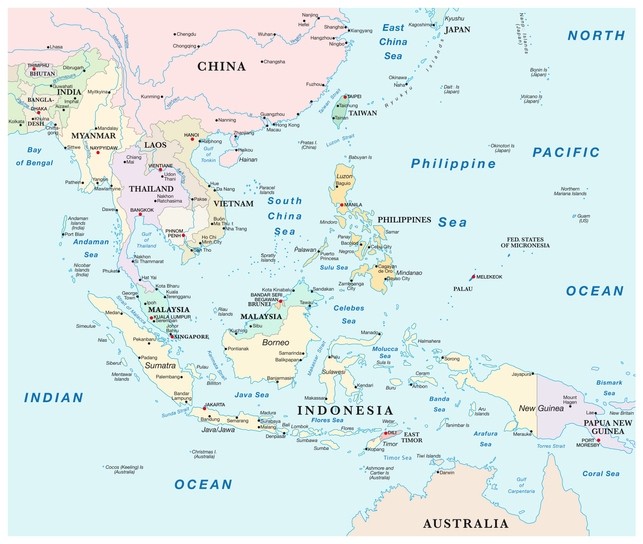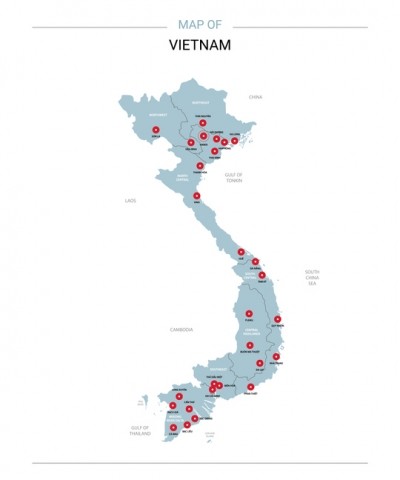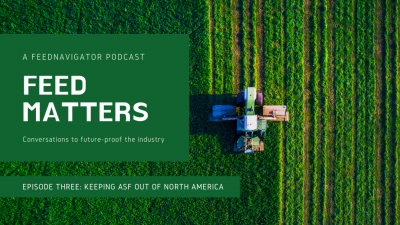Lower pig feed demand forecast for the Philippines

There will be a 10% reduction in hog feed demand, finds the grain and feed outlook.
The reduced volume represents the estimated amount of feed energy needed, noted the attaché.
The cut in feed demand along with a return to more normal weather conditions following last year’s El Niño will result in lower grain imports into the Philippines in 2019/20 - imported feed wheat is expected to be affected the most compared to corn and cassava, which are both grown locally, said the USDA.
Since the Phillipines' Department of Agriculture (DA) confirmed the first ASF outbreak on July 25, 2019, more than 20 outbreaks in four provinces/city on Luzon Island have been confirmed; around 30,000 pigs have been culled, as per FAO data.
Controls
On June 3, 2019, the DA imposed biosecurity measures on plant-based feed products from ASF-declared countries, arguing there was scientific evidence to indicate that such ingredients can be a vector for the virus.
For imported feed products arriving from countries with ASF, a holding/quarantine of 20 days is required from the day the product was put on board, which can include the time in transit, said the officials. In the case of countries with shorter transport times to the Philippines, such as China and Vietnam, a ten-day holding period is applied at the consignee’s warehouse following the shipment’s arrival.
Swine sector
The Philippine hog industry is valued at US$5bn and has been growing by about 3-5% annually; it accounts for roughly half of total compound feed use, as per data cited in the report.
Central Luzon has the highest share of hog production, with over 16% of total swine inventory. The country’s total swine inventory is estimated at about 12.7 million head, with backyard population at 8.2 million pigs or 65% of the industry. As per government data, 35% of hog farms are considered commercial. The government defines backyard as 20 head or below.
Although smaller scale, backyard farms are often part of integrated operations, where they receive updated information and protocols on biosecurity. Most backyard farms feed their pigs commercial feed, although some farmers resort to swill feeding due to its considerably lower price, reported the USDA.
“There are varying reports to the extent which Philippine backyard farms use commercial feed, especially if swill from hotels or restaurants are readily available,” wrote the attaché.












